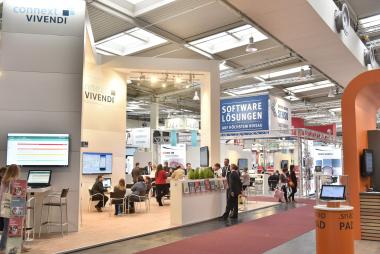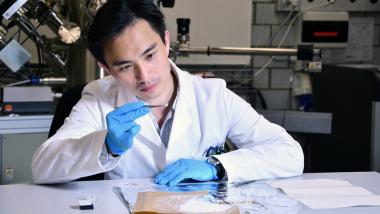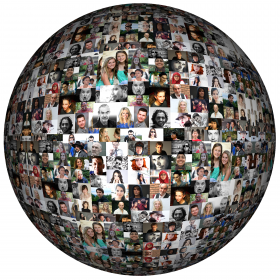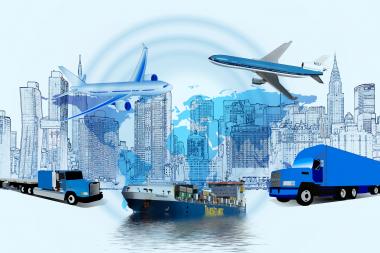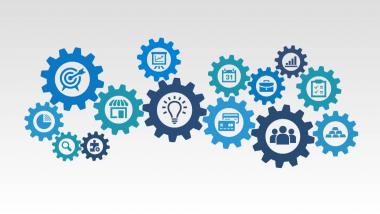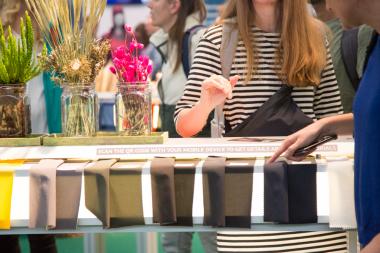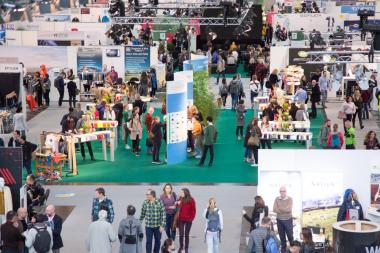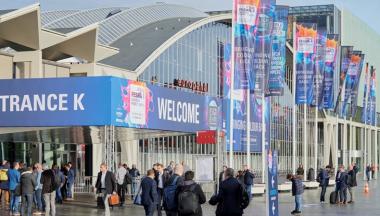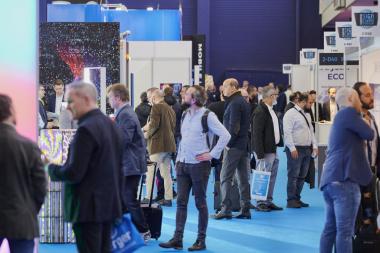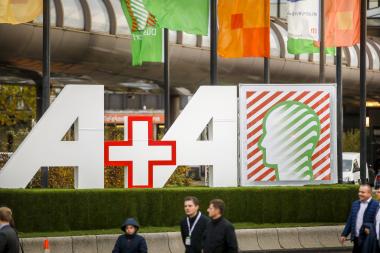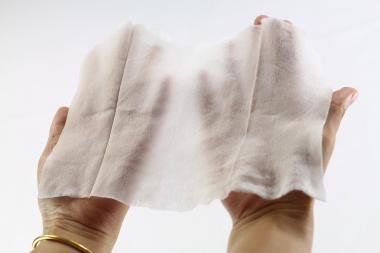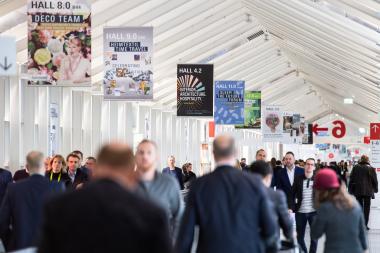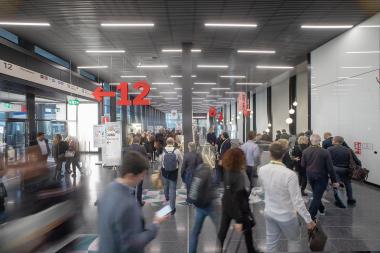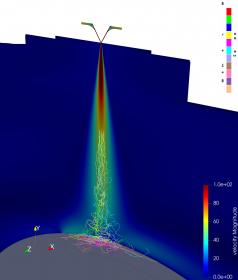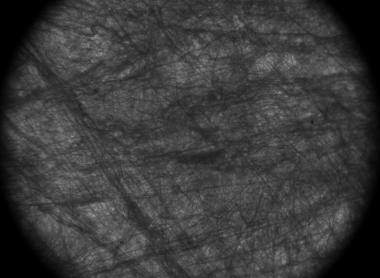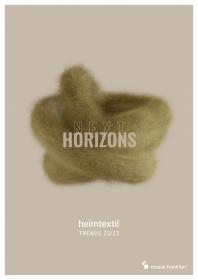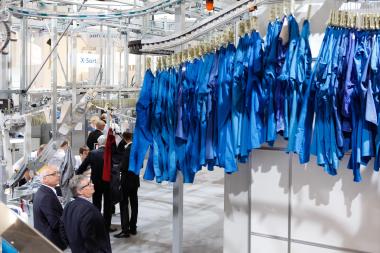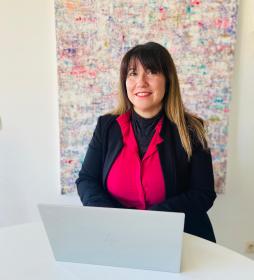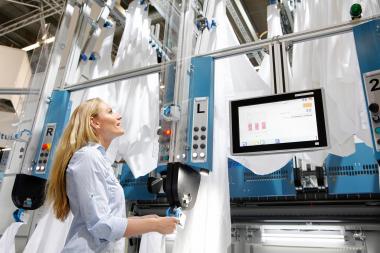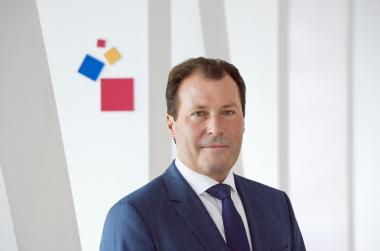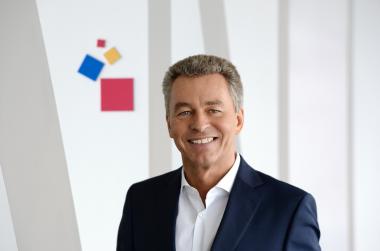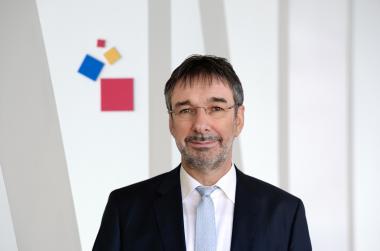Study on Click & Collect in the Fashion Industry
Study reveals need for action
How well are online and in-store businesses linked in the German fashion industry? How smoothly do omnichannel models like click & collect work? And how satisfactory is this for consumers? These questions were addressed by the Cologne-based company fulfillmenttools as part of its study "Click & Collect in the German Fashion Industry".
For the study, around 80 of the largest fashion retailers in Germany were examined in the first and second quarters of 2022. Of these, 22 companies in the sample offered Click & Collect as part of their service portfolio and could be analyzed in detail as part of test purchases. The mystery shoppers focused on how Click & Collect orders are processed via the retailers' online stores, the shopping experience when picking up the merchandise at the stores, and the handling of the returns process. The result: there is a clear need for optimization in all steps. According to the study, none of the retailers analyzed is currently in a position to offer its customers a consistent and convenient omnichannel experience.
In the fashion industry in particular, Click & Collect allows customers to benefit from on-site service and the convenience of online shopping. Immediate fitting, simple returns and no shipping costs are just a selection of the many advantages. Last but not least, the restrictions imposed in the wake of the Corona pandemic have accelerated the spread of Click & Collect in the retail sector. But how well does it work and how is it perceived by customers? "There is currently still a lack of data in operational practice that illustrates how well Click & Collect is implemented in reality from the customer's point of view. That's why we took a closer look at the status quo of Click & Collect models in the German fashion industry," says project manager Marleen Ratert.
In the study of around 80 of the largest fashion retailers in Germany, it was initially surprising that only 22 of the 80 (27%) retailers surveyed offer Click & Collect as an option for their customers in their service portfolio.
In analyzing and evaluating the companies that offer Click & Collect, the focus was on the entire journey of a customer order: ordering process, communication, pickup, returns processing and refunding.
According to the study's authors, a positive aspect is that the ordering process in the online store runs smoothly at most fashion retailers. However, customer communication before, during and after the click & collect order process was generally deficient. Missing order confirmations and non-existent information about delivery time and pick-up time were particularly negative.
he German fashion retailers performed worst in the area of the collection process. In particular, long delivery times, a lack of service points at the point of sale, and forms that have to be filled out by hand are the main reasons for dissatisfaction with the pickup process. In the area of returns processing, it was primarily the lack of digitization of the process that stood out: A large proportion still work with manual forms. However, the majority of fashion retailers in Germany have no problems processing the payment afterwards.
Monolithic IT structures, different solutions for many operational areas, traditional processes, missing interfaces - the reasons for the problems with the quick and easy introduction of omnichannel processes are numerous on the part of the companies. The demands of customers, on the other hand, have risen rapidly in recent years.
The checklist for successful omnichannel retailers provides tips and tricks for optimizing online and offline business in a process- and customer-oriented manner:
SIMPLIFY ONLINE ORDERS
- Prominently feature Click & Collect as a service in the online store in order to draw customers' attention to it more quickly and fully exploit sales potentials
- Improve availability of Click & Collect products
CREATE SEAMLESS IN-STORE EXPERIENCES
- Install service points for picking up orders and clearly mark them as such to avoid waiting times at the checkout and provide customers with better orientation
- Make store staff aware of upselling and cross-selling opportunities to encourage additional purchases
OPTIMIZE PROCESSES
- Pick online orders in the store to significantly speed up delivery times and easily meet delivery promises
- Digitize handover and return processes to make store operations more efficient and reduce the workload on staff
- Regularly test omnichannel processes to identify gaps in communication and potential for optimization
IMPROVE SERVICE QUALITY
- Implement end-to-end communication throughout the process to keep customers informed about the status of their order at all times
- Offer various return options to best meet customer expectations
Modular software-as-a-service solutions for fulfillment processes are available to simplify complex processes for retailers, reduce the workload of employees and prevent errors in order picking. The entire study (in German) is available for download here.
fulfillmenttools.com / REWE digital





